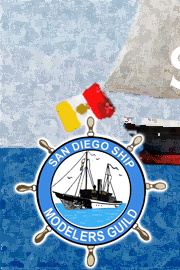|
Admiralty / Navy Board / Dockyard model

|
 |
These names generally apply to models produced between 1650 and around 1780. The frames are stylized and left exposed below the lower wales. They were produced as part of the planning process for the construction of vessels of the British Royal Navy. Most were made to a scale of 1:48 (1/4 inch = 1 foot.) The same scale was used for contemporary ships' plans. |
|
Half-Hull model

|
 |
A style of representing a ship dating back to the early eighteenth century. The ship is represented by cutting an imaginary vertical line along its length from bow to stern. Originally such models represented only the exterior of the port or starboard side of the ship. Spars such as masts and yards are not represented. Today modelers sometimes employ this method to show the interior details of a vessel.
|
|
Full-Hull model

|
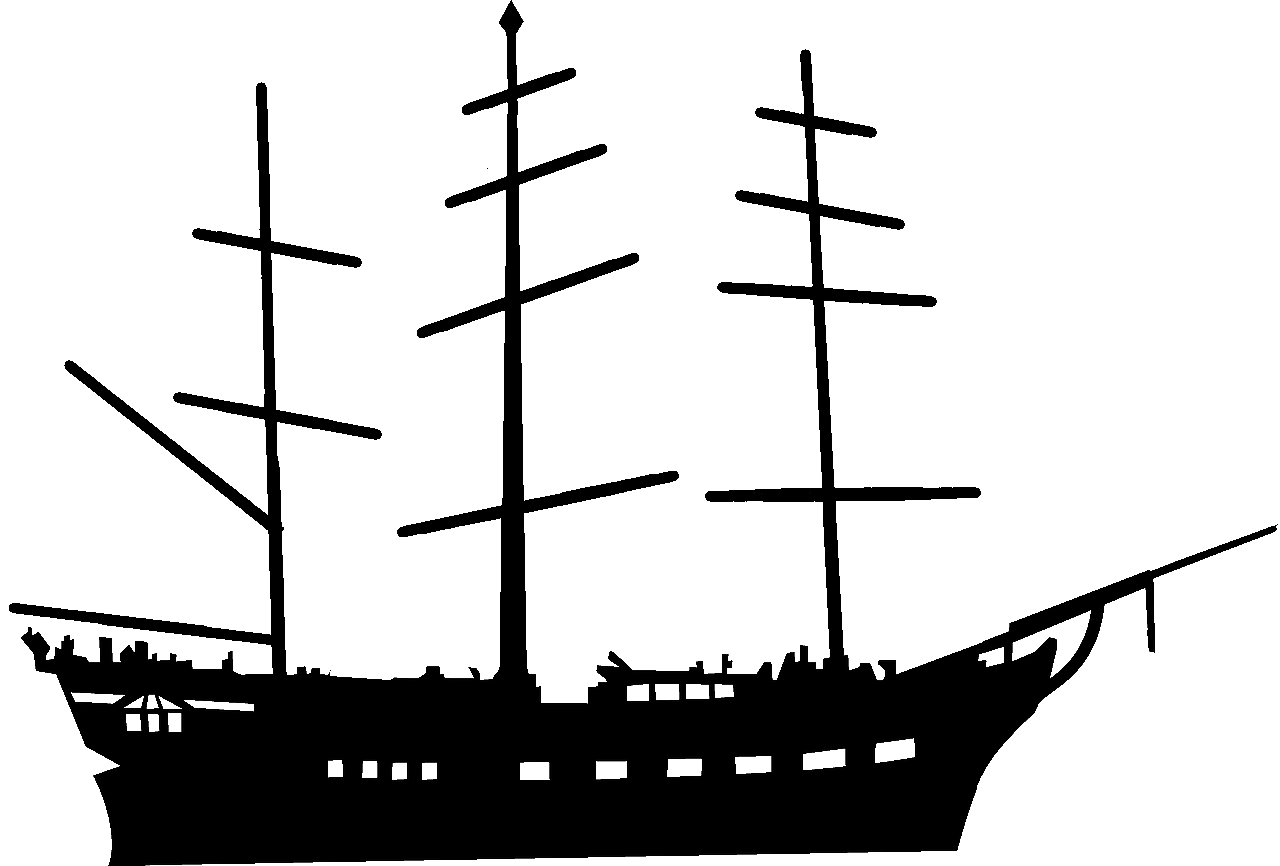 |
In this style of modelmaking, the entire hull and fittings are represented, as if the ship were out of water. Models of this type dating from the eighteenth century are known as 'Georgian' models. They may be represented with or without rigging. |
|
Fully-Rigged model

|
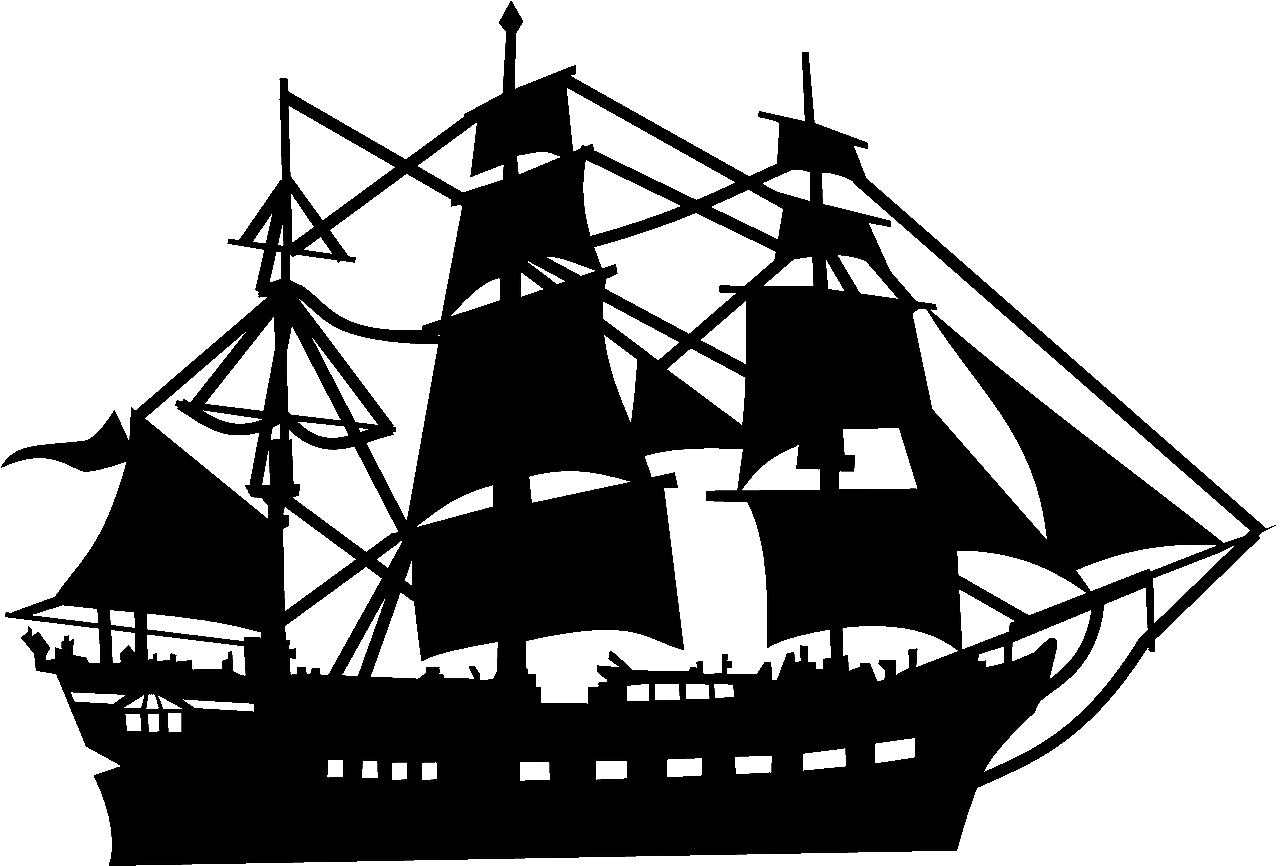 |
These are models displaying all or most of the rigging necessary in order to sail a vessel. This includes the representation of masts and yards, together with all standing and running rigging. On occasion sails are also present on this type of model. |
|
Waterline (diorama) model

|
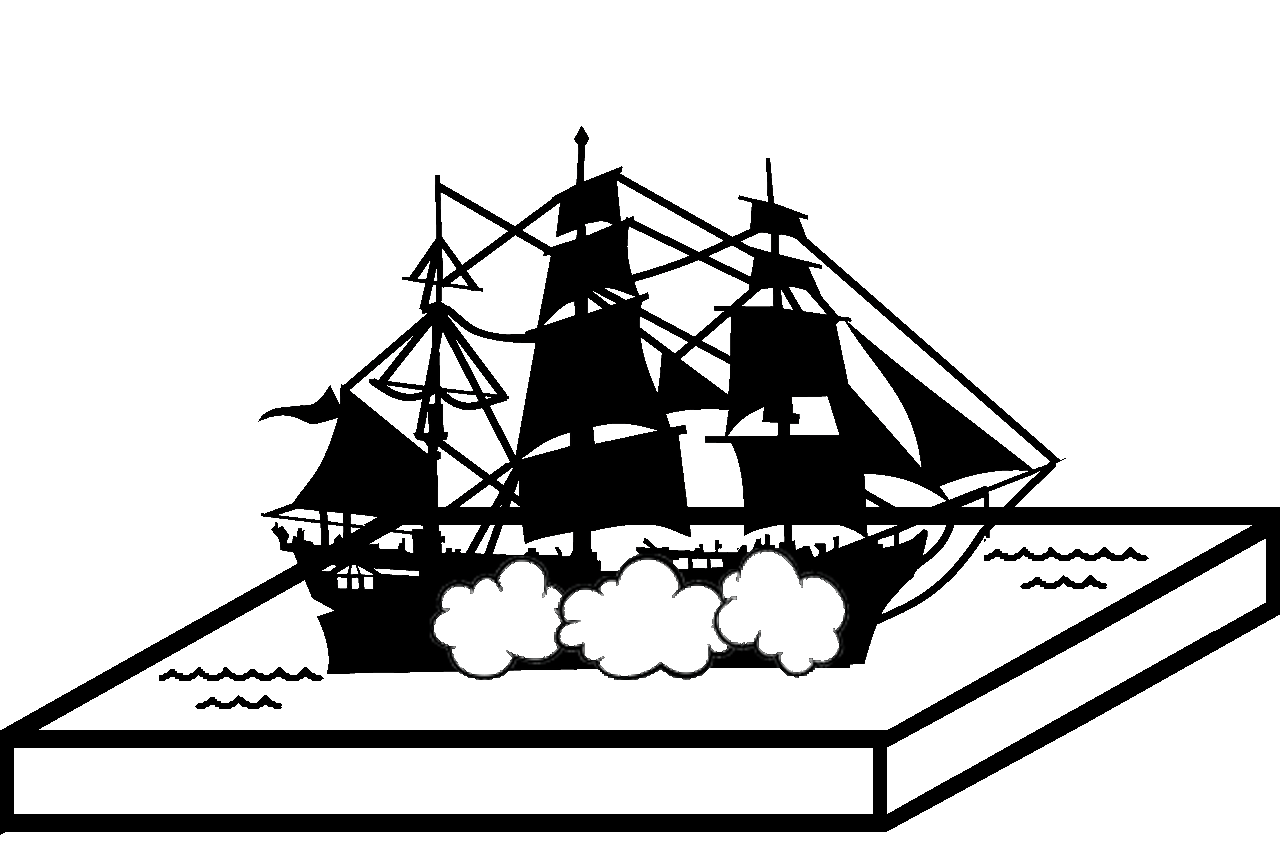 |
A waterline model is a diorama in which the part of the ship that is normally underwater is not represented. The modeler aims to represent the vessel on the water, usually under way: the hull is cut off where the ship would float when burdened. This style of model was virtually unknown before the nineteenth century.
see also Topographic model
|
|
Topographic (diorama) model

|
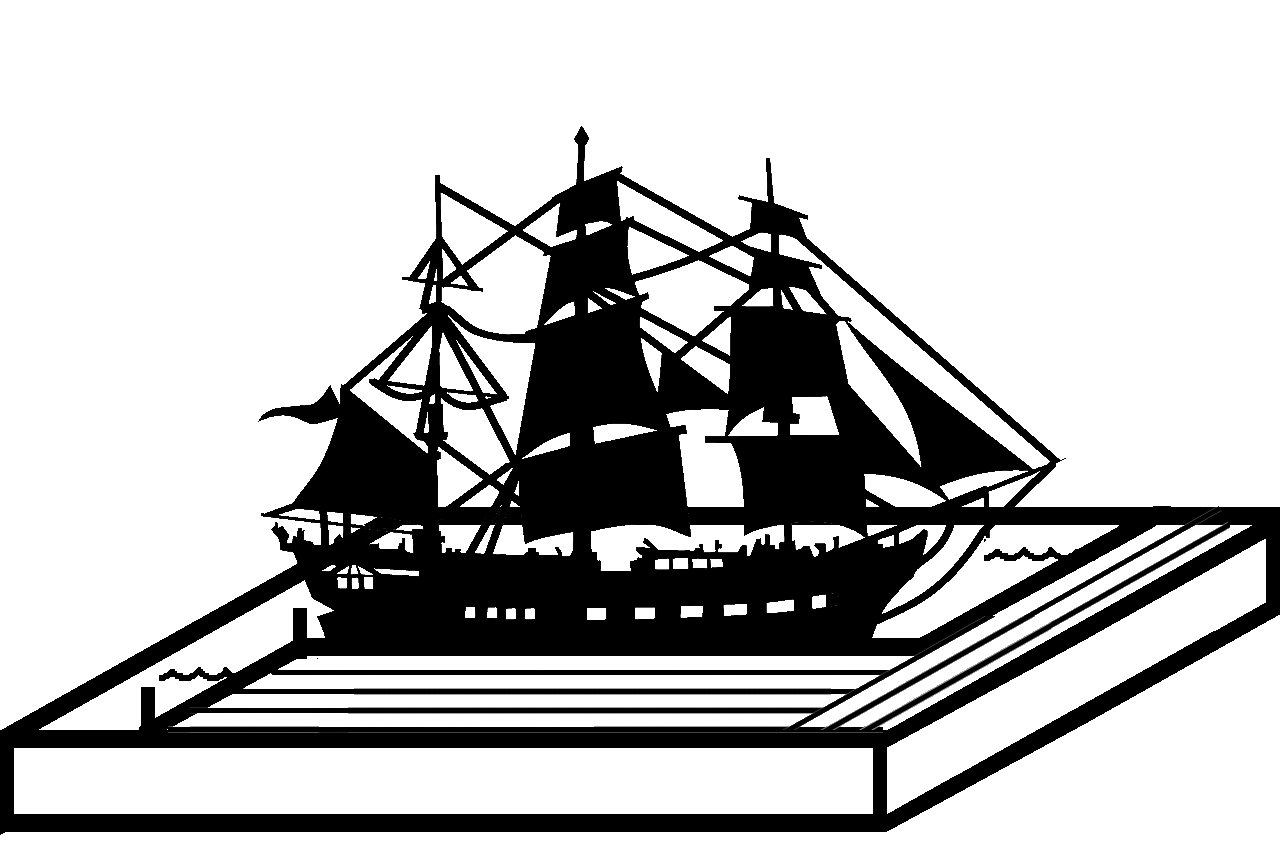 |
Topographic models are dioramas that features a vessel in relation to ports, shipyards, or dockyards to illustrate the interface between the land and the sea. Like waterline models, the vessel rests naturally on a carved or molded sea base. Modelers may go to great lengths to highlight the interplay between the elements to create not simply accurate models, but also a real sense of time and place.
see also Waterline model
|
|
Shadow-Box model

|
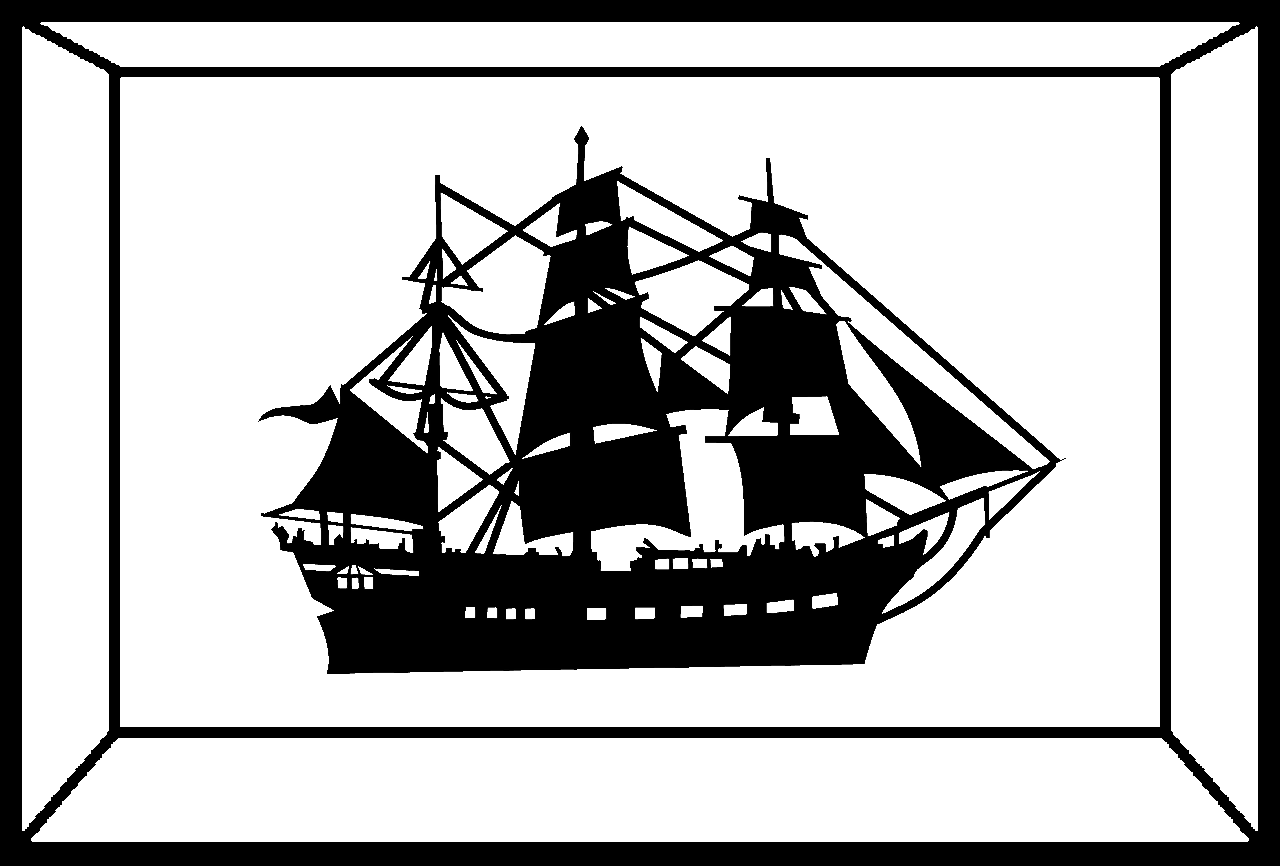 |
This style of presentation combines thematic artwork related to the model being presented inside a shadow-box. The model itself may be presented in any of the other modeling styles: for instance a half-hull or fully-rigged ship featured with accompanying photos, artifacts, or artwork. |
|
Ship-in-a-Bottle model

|
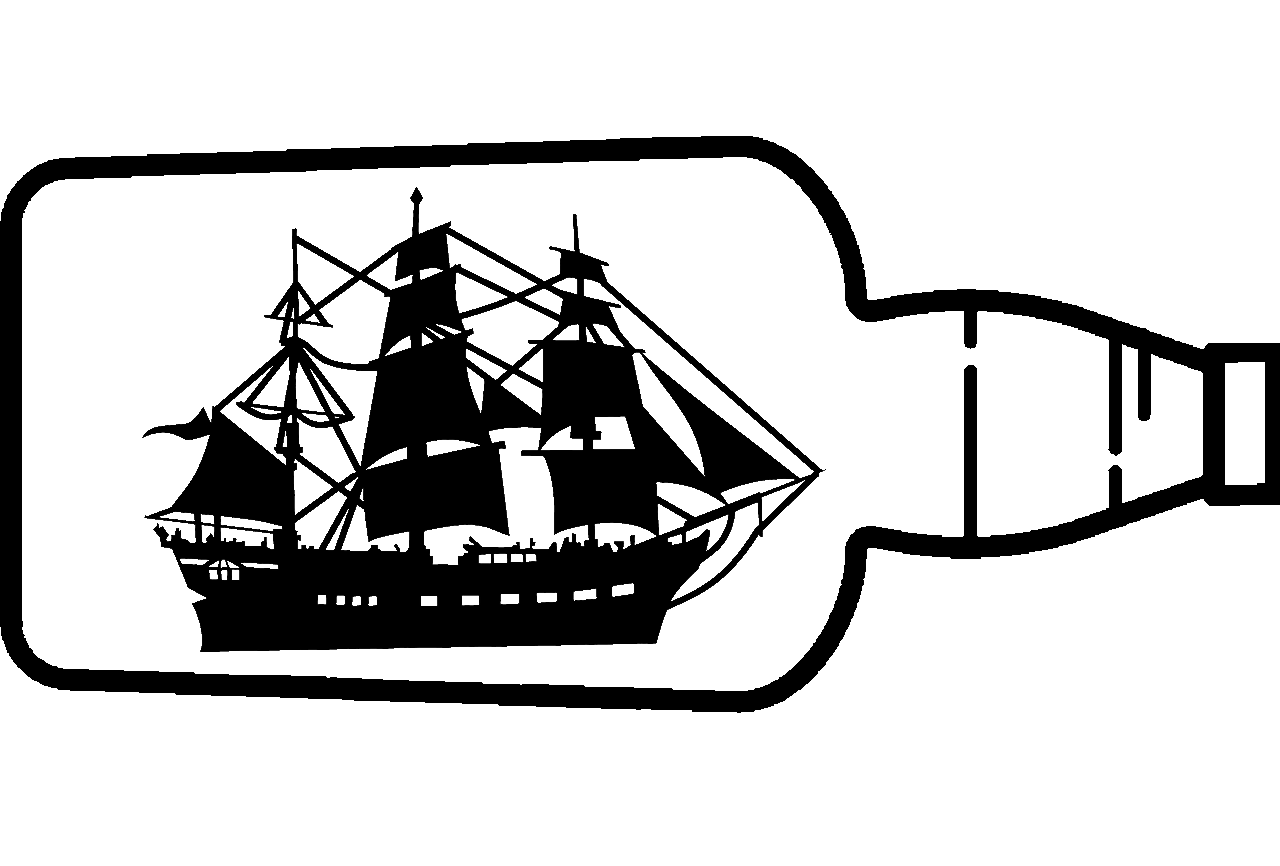 |
The date of the first construction is unknown; however, sailors were probably the first to build a ship in a bottle. Model ships were not bottled until about 1850 when a leap in glass bottle production came about as glass became thinner and more transparent with less air bubbles to obscure the view; this advance coincided with the era of the great clipper ships that plied the seas from port cities in England and America. |
|
|
